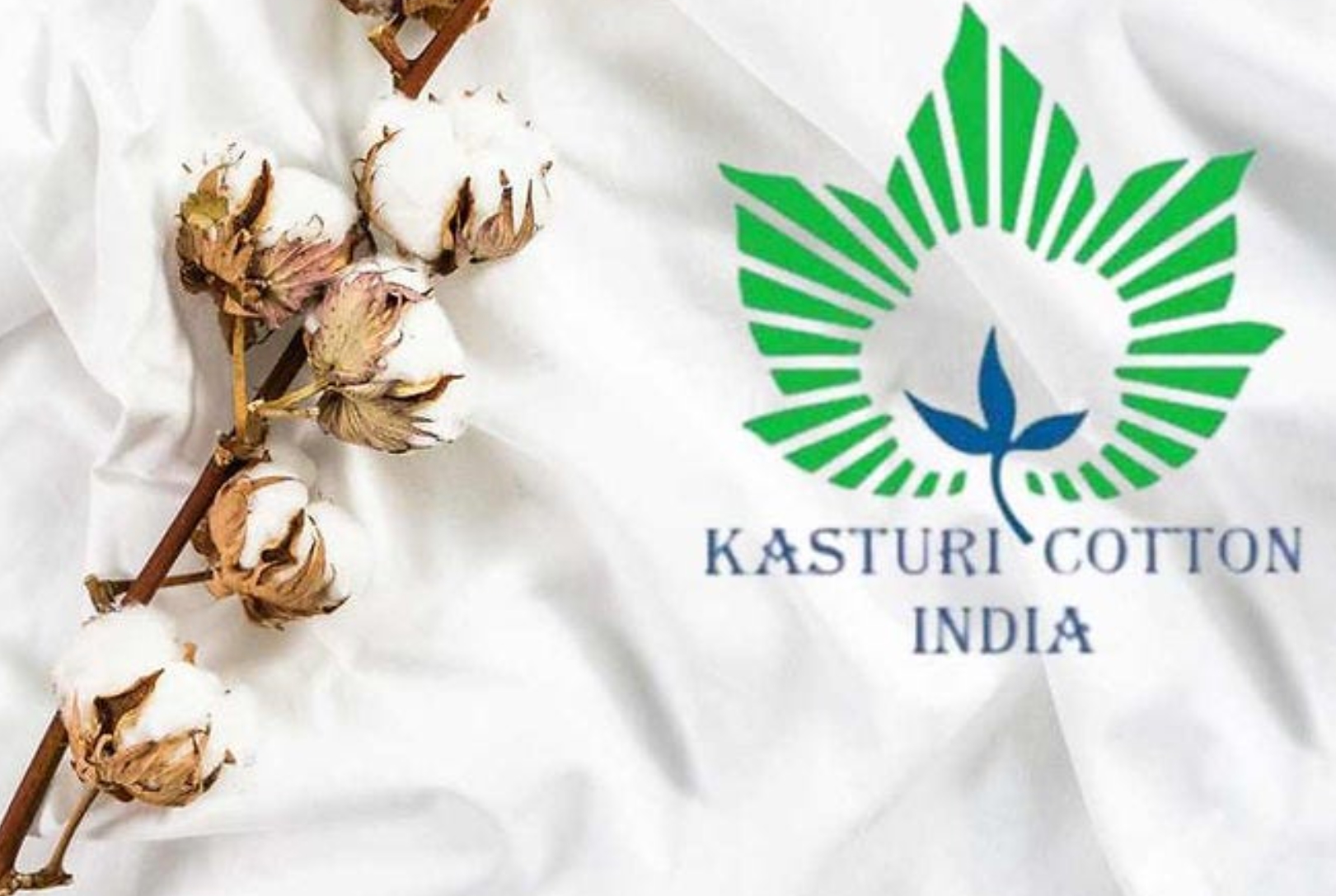Government to Establish Cotton Test Labs in 6 States for Kasturi Cotton
The central government is planning to establish dedicated testing labs for high-grade Kasturi cotton in six states as part of a push to promote the Indian cotton brand globally.
Currently, the certification of Kasturi cotton is conducted through a limited number of NABL-accredited labs, and the government aims to enhance the quality standards and global acceptance of Indian textiles through this initiative.
The Six States For Dedicated Testing Labs
The dedicated testing labs for Kasturi cotton will be set up in Maharashtra, Tamil Nadu, Haryana, Punjab, Gujarat, and Karnataka. These labs will operate in convergence with the Bureau of Indian Standards’ (BIS) testing facilities to ensure alignment with national quality standards. The purpose of establishing these labs is to ensure the premium quality of Kasturi cotton, with strict standards such as a 2% cap on trash content and 100% traceability.
Objective
India aims to position Kasturi cotton as a global brand that can compete with renowned cotton brands like Supima and Giza. By establishing dedicated testing facilities and ensuring NABL accreditation, the government aims to boost the credibility of the testing reports, thus enhancing the global acceptance of Indian textiles, including Kasturi cotton.
Focus Areas for Strengthening Textiles Ecosystem
In addition to setting up dedicated testing labs, the government has identified five key focus areas to strengthen India’s textiles ecosystem. These include addressing skill gaps, improving infrastructure through initiatives such as PM Mega Integrated Textile Regions and Apparel (PM-MITRA) parks, implementing the production-linked incentive scheme, promoting the Technical Textiles Mission, Samarth, and the National Handloom Development Programme.
Investment and Job Creation
The textiles ministry aims to attract ₹95,000 crore in investments that will create about 2.25 million new jobs in the next 4-6 years. This includes ₹25,000 crore in investments through the production-linked incentive scheme and ₹70,000 crore through the PM-MITRA parks scheme. By focusing on enhancing the overall quality standards of Indian textiles and promoting Kasturi cotton as a global brand, the government aims to boost the growth and competitiveness of the Indian textiles industry.
About Kasturi Cotton
Kasturi Cotton is a type of cotton known for its fine texture and high quality. It is primarily grown in the regions of Andhra Pradesh and Tamil Nadu. The cotton is naturally white in color and has good moisture-wicking properties, making it ideal for clothing and textiles. Kasturi Cotton is also renowned for its durability and softness, making it a popular choice for premium textiles around the world. Its cultivation requires specific climate conditions and careful harvesting techniques to maintain its quality.
About Bureau of Indian Standards
The Bureau of Indian Standards (BIS) is the national standards body of India, established in 1986. It develops, maintains, and promotes standards to ensure the quality and safety of products, processes, and services. BIS is a founding member of the International Organization for Standardization (ISO) and plays a crucial role in facilitating international trade by ensuring product conformity with standards. It certifies products through the ISI mark, a mark of quality, and conducts testing and certification activities. BIS also oversees the National Building Code of India.
About NABL accreditation
NABL accreditation stands for National Accreditation Board for Testing and Calibration Laboratories. It is a quality assurance scheme for testing and calibration laboratories in India. Laboratories that are accredited by NABL demonstrate technical competence and reliability of their testing and calibration results. The accreditation process involves rigorous evaluation of the laboratory’s quality management system, technical competence, and proficiency of staff. NABL accreditation helps laboratories to enhance their credibility, competence, and competitiveness in both national and international markets.
Month: Current Affairs - April, 2024
Category: Economy & Banking Current Affairs







